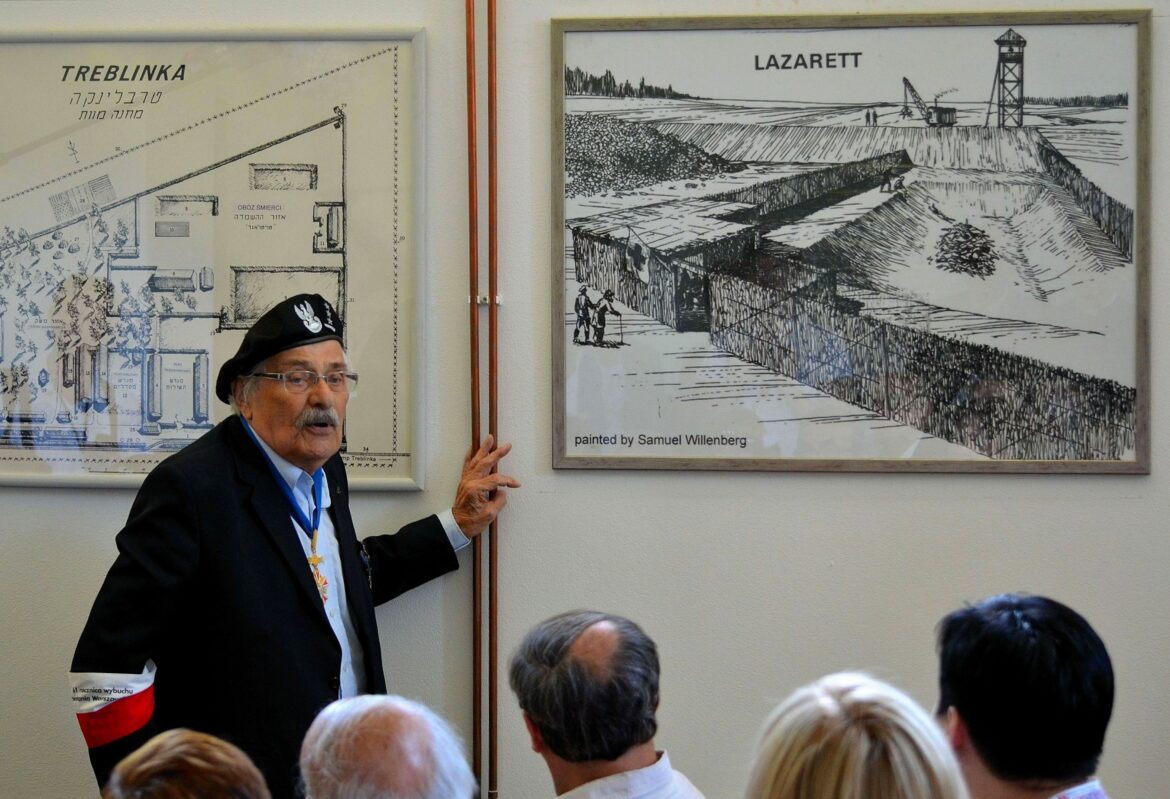He survived the hell of war perpetrated by the Germans against the Jews in occupied Poland and was saved from death by a miracle. When the need called, Samuel Willenberg fought alongside other Poles against the German army, including in the Warsaw Uprising in 1944.
When Germany attacked Poland in September 1939 and started the Second World War, Samuel was only 16 years old. The Willenbergs left Warsaw for eastern Poland. Unfortunately, it soon turned out that Poland was attacked by the Soviet Union from that direction. The Soviets had made an alliance with Hitler before the war (the Molotov-Ribbentrop Pact).
The first battle
Samuel joined the Polish army as a volunteer and took part in a skirmish with the Soviet army. He soon returned to his family in Opatów. Although the Germans locked the Jews in a ghetto, the Willenberg family managed to get out of it thanks to false documents. Someone denounced Samuel’s sisters and the girls were taken back to the ghetto.
Transport to the death camp
At the request of his mother, the young Willenberg went to look for his sisters in Opatów. Unfortunately, he did not find them and, to make matters worse, he was caught up in a round-up and transported to the German extermination camp at Treblinka (1942). There, he pretended to be a bricklayer and miraculously avoided death. Everyone from his transport was gassed. Samuel was placed in a group of prisoners engaged in camp work. In the warehouse where he worked, he found his sisters’ clothes.
The revolt at Treblinka and the Warsaw Uprising
In 1943, he took part in a revolt by prisoners in the Treblinka camp. He escaped from it and made his way to Warsaw. In the occupied Polish capital he joined the underground Polish People’s Army. In 1944, he joined the Polish uprising against the Germans – the Warsaw Uprising. He fought in the structures of the Home Army – the largest underground military organisation in Europe during World War II. After the capitulation of the Uprising, he hid outside Warsaw.
After the war
In 1950, Samuel left for Israel. He became a geodetographer. In retirement, he created clay sculptures depicting scenes from the German camp at Treblinka. The fear and horror that prevailed in the camp are exposed in those works. In 1994 he became a Polish citizen again.
Among other honours, he was awarded the highest Polish decoration, the Virtuti Militari Cross. Polish presidents also honoured him for his contribution to the commemoration of the Holocaust.
Samuel Willenberg died on 19 February 2016 in Tel Aviv.





